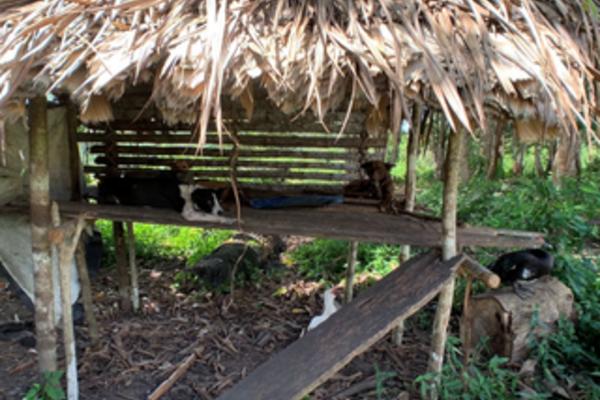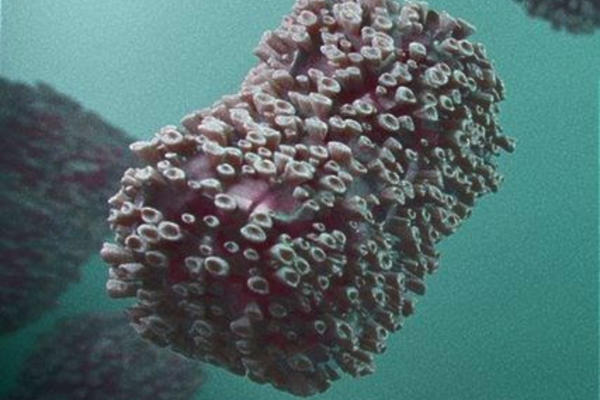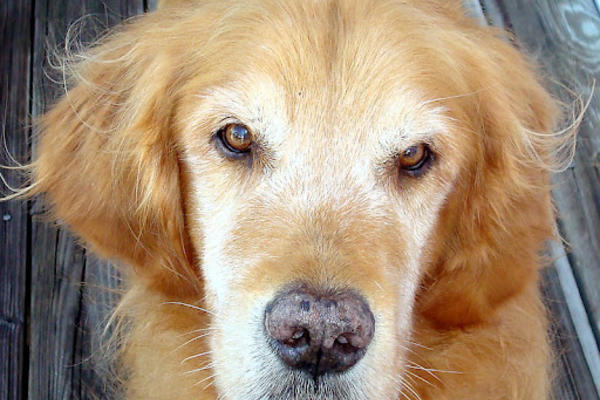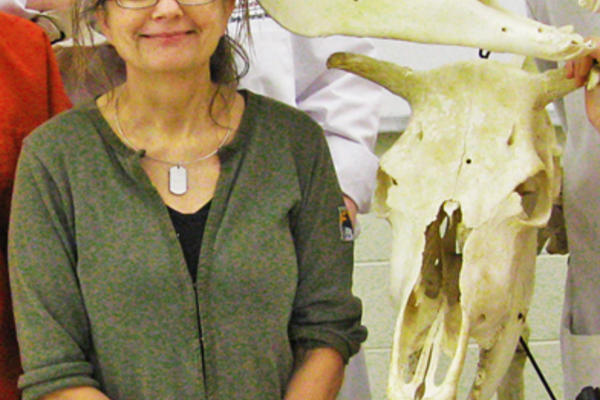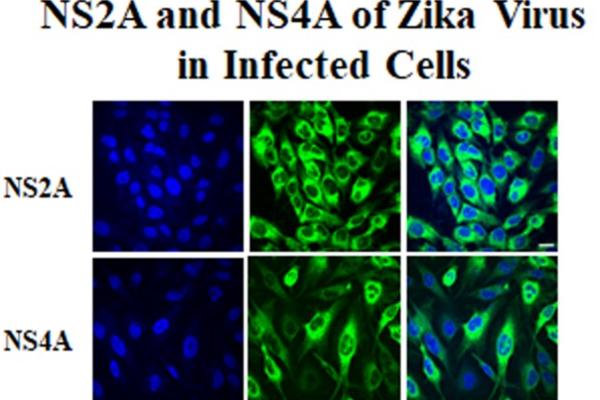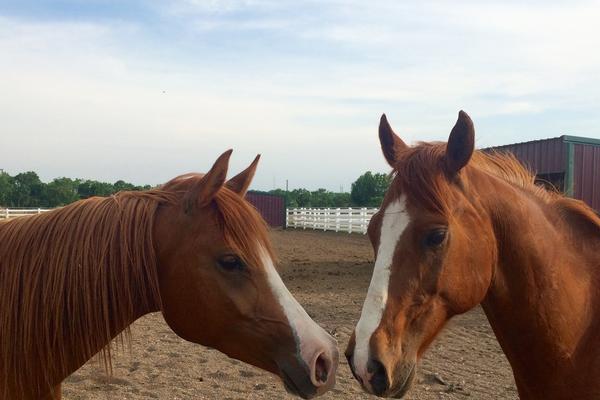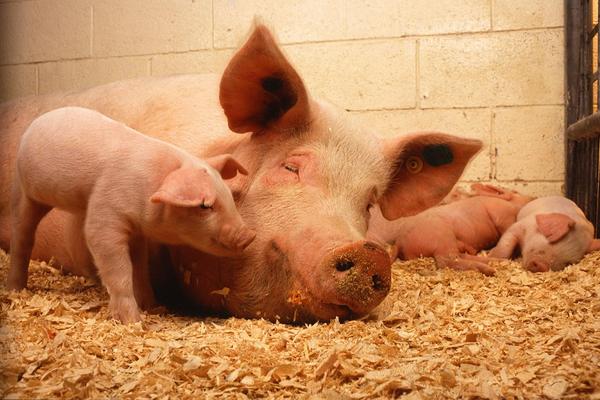Funding was recently awarded to the University of Minnesota by the National Institute of Allergy and Infectious Diseases (NIAID) to establish the Midwest Antiviral Drug Discovery (AViDD) Center, to develop antiviral drugs for pandemic-level viruses, including SARS-CoV-2 co-led by VBS Endowed Professor Fang Li and Reuben Harris (U of TX, San Antonio).

